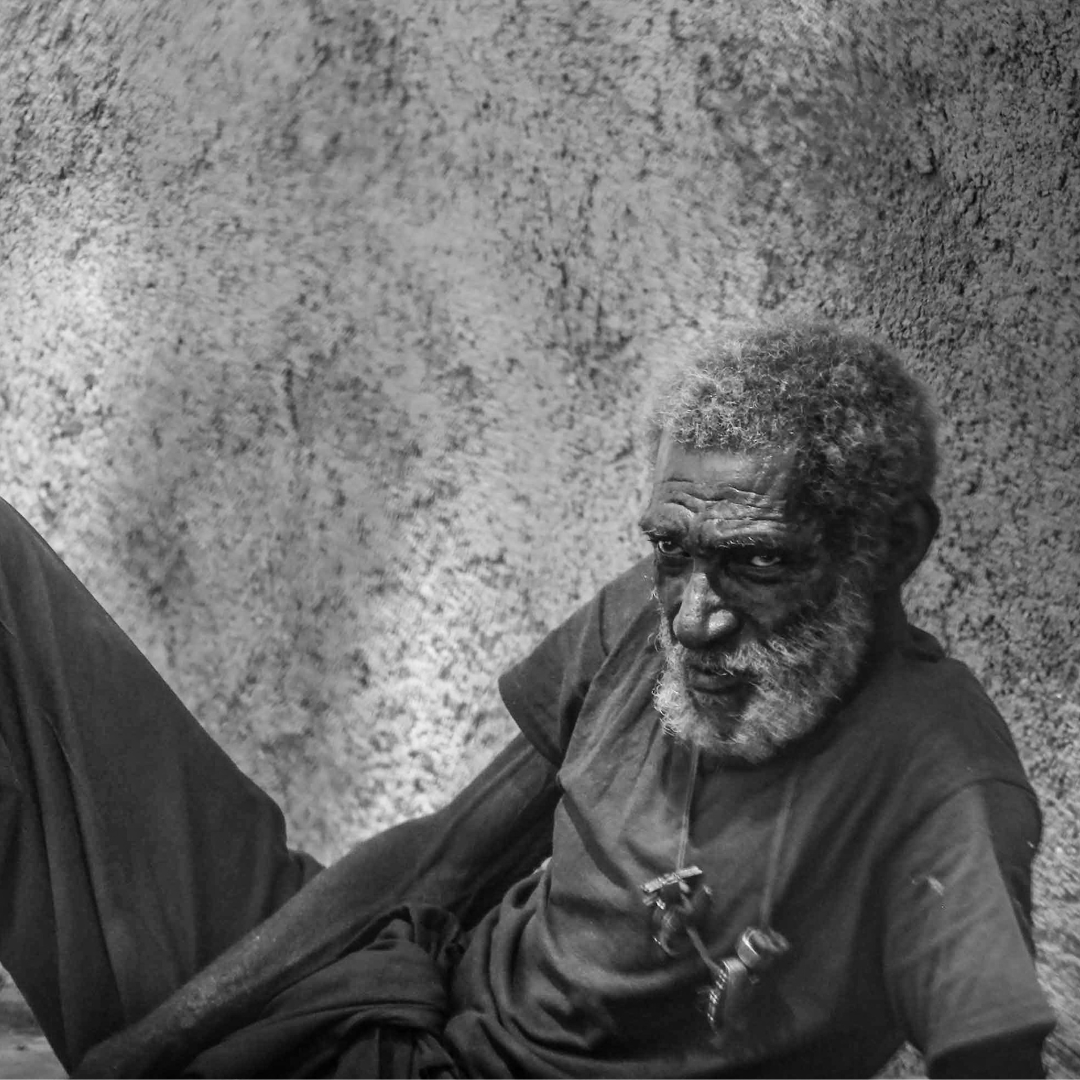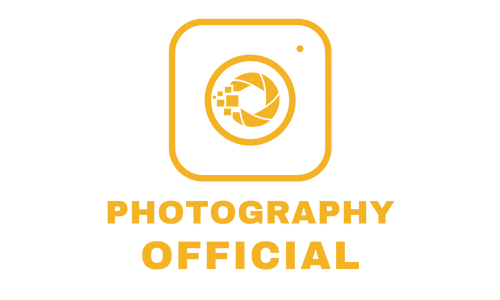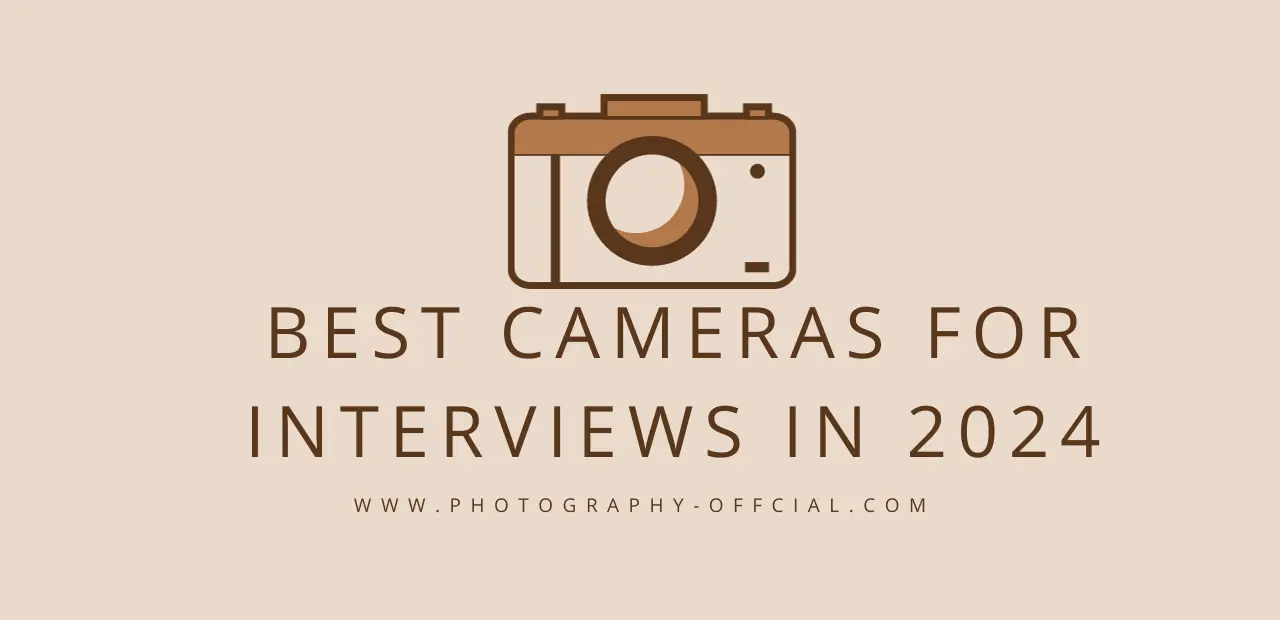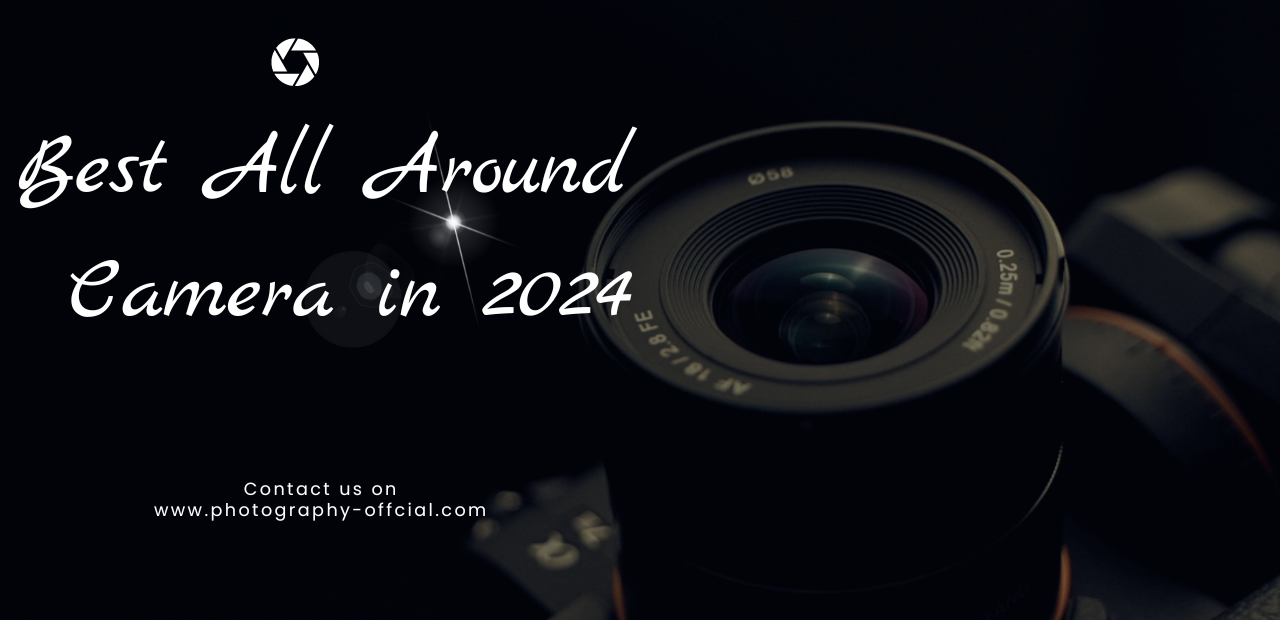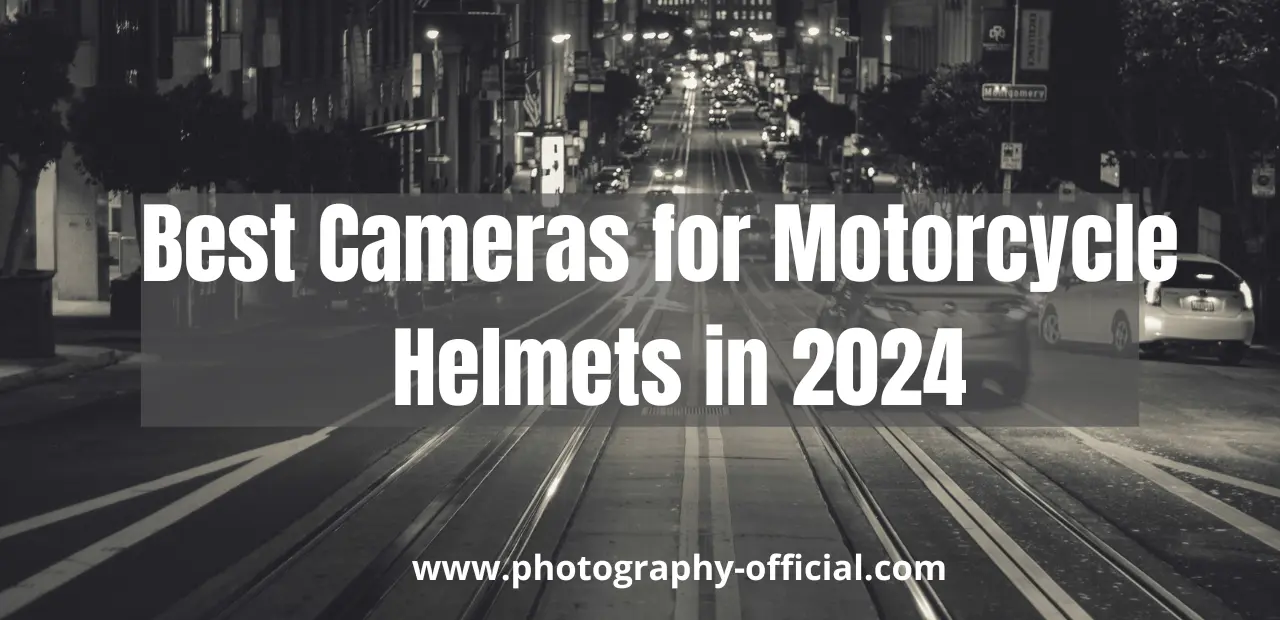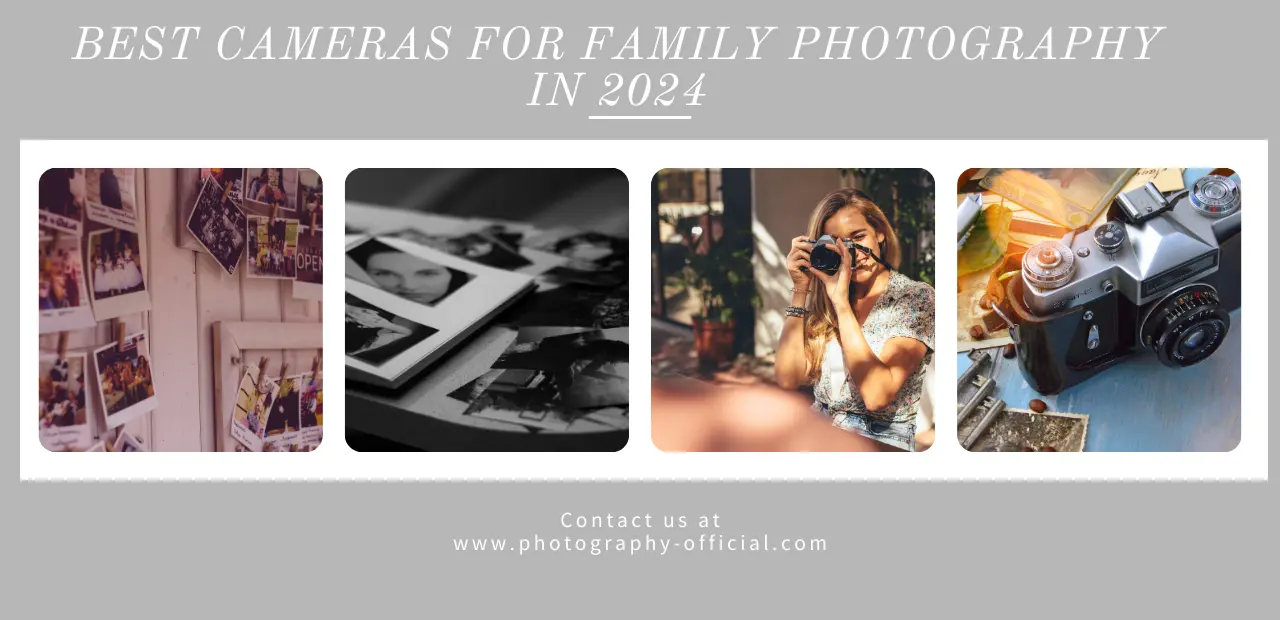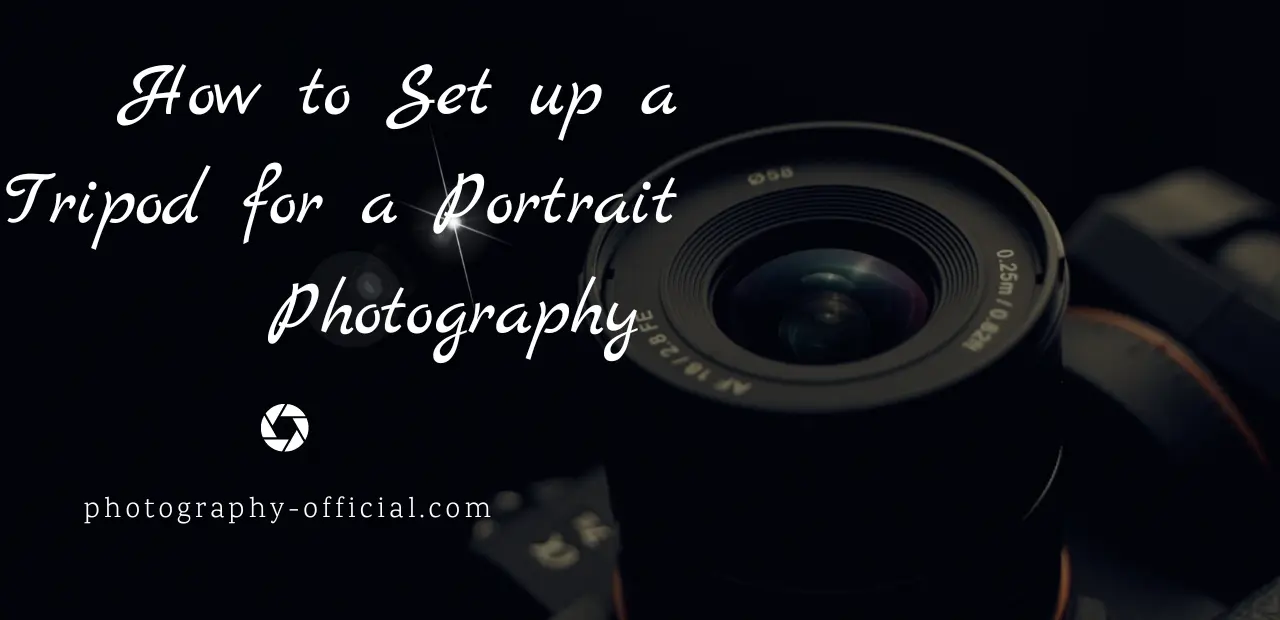Is Canon Rebel T3 Good for Astrophotography?
You’re keen on astrophotography and wondering if your Canon Rebel T3 is up to the task. Can it capture the ethereal beauty of the cosmos effectively? Well, you’re in the right place!
This guide walks you through the key features of your T3, assesses its image quality under low-light conditions, and provides some handy tips to maximise its potential. Let’s discover if this camera has what it takes to make your stargazing dreams a reality.
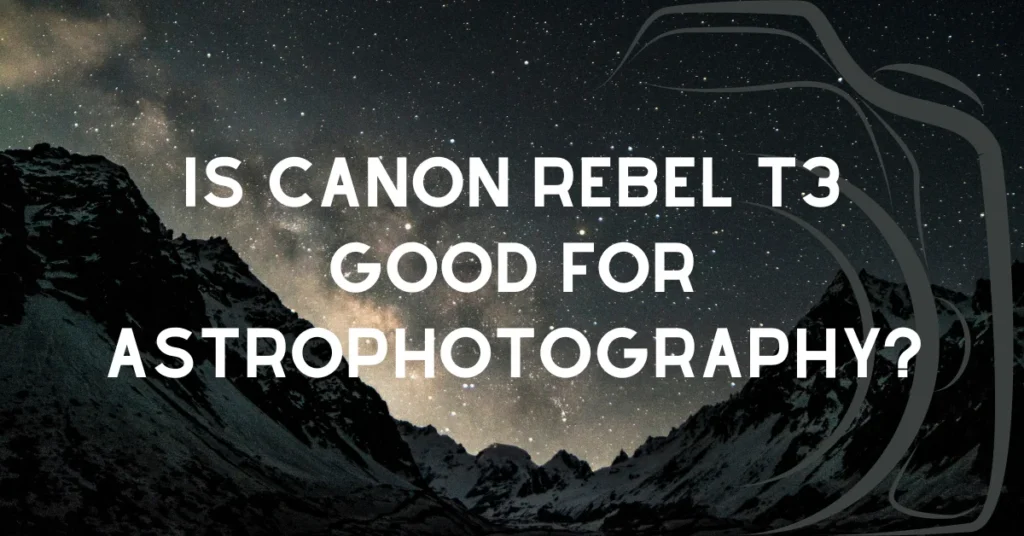
- Understanding the Basics of Astrophotography
- Specifications of Canon Rebel T3
- Features of Canon Rebel T3 Relevant for Astrophotography
- Assessing the Image Quality of Canon Rebel T3 for Night Sky Photography
- The Role of Lens in Canon Rebel T3 for Astrophotography
- Comparison With Other Cameras for Astrophotography
- User Experiences With Canon Rebel T3 in Astrophotography
- Necessary Accessories for Canon Rebel T3 Astrophotography
- Troubleshooting Common Issues in Canon Rebel T3 Astrophotography
- Advanced Techniques With Canon Rebel T3 for Astrophotography
- Final Thoughts on Using Canon Rebel T3 for Astrophotography
- Frequently Asked Questions
- What Is the Cost of the Canon Rebel T3?
- How Does the Canon Rebel T3 Perform for Daylight Photography?
- Can the Canon Rebel T3 Be Used for Videography, Particularly of Celestial Events?
- What Is the Lifespan of Canon Rebel T3's Battery When Used for Astrophotography?
- Is There Any Warranty or Customer Service Provided by Canon for the Rebel T3 Model?
Understanding the Basics of Astrophotography
Frankly, you’ve got to grasp the basics of astrophotography before you can truly appreciate whether the Canon Rebel T3 is good for this purpose. It’s essential to understand that astrophotography isn’t just about pointing your camera at the night sky and shooting. It’s a craft that requires understanding of camera settings and equipment.
Astrophotography is about capturing the beauty of celestial objects. You’re dealing with low-light conditions, so you need a camera that can perform well under these circumstances. This is where understanding the Canon Rebel T3 astrophotography settings becomes important.
You need to crank up the ISO to capture more light, but keep in mind that higher ISO settings can introduce more noise into your images. The Canon Rebel T3 can go up to ISO 6400, which isn’t the highest out there but it’s quite decent. To reduce the noise, you’d need to use software like Adobe Lightroom or Photoshop in post-processing.
The Canon Rebel T3 has a solid performance when it comes to long exposures, another essential aspect of astrophotography. With a sturdy tripod and a remote shutter release, you can capture stunning images of the night sky.
The Canon D series is also known for its astrophotography capabilities. The Canon D astrophotography settings offer more options, such as the ability to shoot in bulb mode for exposures longer than 30 seconds, and a higher ISO range.
Specifications of Canon Rebel T3
You’re looking at the Canon Rebel T3, and its 12.2 megapixel sensor is impressive, but don’t forget about its 9-point autofocus system. This little gem is perfect for capturing those intricate details of the night sky, especially when you’re just starting with Canon Rebel T astrophotography.
You’ll appreciate the ISO range of 100-6400, expandable to 12800, which is crucial for capturing those faint celestial bodies. It’s not as high as the Canon EOS Ra, specifically designed for astrophotography with an ISO up to 40000, but the T3 still holds its own in terms of low-light performance.
Remember, astrophotography isn’t just about the camera, it’s also about the lens. The T3 is compatible with EF and EF-S lenses, giving you a wide range of options to choose from. You’ll want a wide-angle lens for star fields and a telephoto lens for close-ups of the moon and planets.
Speaking of settings, don’t forget to switch to manual mode. You’ll need to control the shutter speed, aperture, and ISO to get those perfect shots. Try starting with a 20-second exposure, an aperture of f/2.8, and an ISO of 1600. It might take some trial and error, but that’s part of the fun.
Compared to the Canon Ti astrophotography models, the T3 may lack some advanced features, such as a flip-out screen. But it’s a solid, affordable choice if you’re just getting into astrophotography. Remember, it’s not just about the gear, but how you use it. The T3 could be the perfect tool to start exploring the cosmos.
Features of Canon Rebel T3 Relevant for Astrophotography

When evaluating the Canon Rebel T3 for astrophotography, you’ll notice its strong low-light performance and versatile lens compatibility, but you’ll also need to consider its lack of advanced features such as a flip-out screen. As an entry-level DSLR, the T3 navigates low-light environments with ease, boasting an ISO range of 100-6400, expandable to 12800. This means you’ll capture the faintest celestial objects without the noise common in high-ISO shots.
You’ll also appreciate its compatibility with a wide range of lenses. This versatility allows you to experiment with various focal lengths and apertures, crucial for capturing everything from wide-field star-scapes to detailed planetary close-ups. However, you’ll miss out on the convenience of a flip-out screen, which can make framing and focusing easier during your nocturnal shoots.
The T3’s 12.2-megapixel APS-C sensor provides ample resolution for astrophotography. While it doesn’t match the pixel count of higher-end models, it’s more than sufficient for capturing stunning images of the night sky. You’ll need to get comfortable with manual settings though, as astrophotography requires precise control over exposure and focus.
The camera’s live-view feature helps with focus accuracy, but it’s worth noting that its performance diminishes in extreme low-light conditions. Without advanced noise reduction technologies, you’ll need to manage longer exposure times and post-processing noise reduction effectively.
Assessing the Image Quality of Canon Rebel T3 for Night Sky Photography
In assessing the image quality of the Canon Rebel T3 for night sky photography, you’ll notice that it has a 12.2-megapixel sensor, and yet, it still performs impressively well in low light conditions. While it’s not the latest model, it’s a capable performer that shouldn’t be underestimated. This entry-level DSLR has an ISO range of 100-6400, expandable to 12800, which is beneficial in capturing stars and celestial bodies in the pitch dark.
The T3’s DIGIC 4 Image Processor is instrumental in reducing noise levels, resulting in cleaner, sharper images. You’ll appreciate its ability to capture more detail in the shadows and highlights, even when you’re pushing the ISO to its higher limits. The camera’s built-in noise reduction feature is also handy for long exposure astrophotography.
When setting up for night sky shots, you’ll want to use manual mode to have full control over your settings. Start by setting the aperture as wide as possible, usually f/2.8 or f/4 on most lenses compatible with the T3. You’ll also want to push your ISO to around 1600 or 3200 initially, adjusting as necessary for the conditions.
In terms of shutter speed, the “500 Rule” is your friend here. Divide 500 by the focal length of your lens to get the longest exposure possible without star trails. For a 18mm lens, that’s about 28 seconds.
Lastly, remember to shoot in RAW format. This will give you the maximum amount of data to work with in post-processing, which is where you’ll really be able to coax out the T3’s full potential.
The Role of Lens in Canon Rebel T3 for Astrophotography

There’s a significant role that the lens plays in astrophotography with your Canon Rebel T3, as it can greatly affect the amount of light that’s captured and the overall clarity of the celestial bodies you’re photographing. The lens you use should ideally have a wide aperture. This allows more light into the camera, enabling you to capture clearer images of stars, galaxies, and other celestial bodies. The Canon Rebel T3, with its interchangeable lens system, gives you the flexibility to choose the lens that best suits your astrophotography needs.
You’re going to want a lens that’s able to handle long exposures without suffering from significant “comatic aberration,” which can cause stars to appear elongated or distorted. Lenses with low “f-number” ratings are typically better suited for astrophotography. They’ve larger apertures, allowing more light to reach the camera’s sensor and improving your ability to capture faint celestial bodies.
Another factor to consider is the focal length of your lens. Short focal lengths are ideal for capturing wide-field views of the night sky, while longer focal lengths can help you zoom in on specific objects.
Remember, when shooting in low-light conditions, you’ll need to adjust the camera settings. Increase your ISO settings to boost the camera’s sensitivity to light, but be mindful that higher ISO values can lead to more image noise.
Comparison With Other Cameras for Astrophotography
You’ve mastered the Canon Rebel T3 for astrophotography, but now let’s compare it to other cameras in the market that are also known for their astrophotography capabilities. Cameras like the Nikon D810A, Sony A7S, and the Canon 5D Mark IV are all worthy contenders.
The Nikon D810A, designed specifically for astrophotography, has a modified infrared cut filter that allows it to capture more of the red end of the spectrum, specifically the H-alpha emission line. It’s got a 36.3-megapixel full-frame sensor that’ll give you stunning detail. You’ll need to tweak your settings more because, unlike the T3, it doesn’t have a dedicated astrophotography mode.
The Sony A7S, on the other hand, is known for its low-light prowess. Its 12.2-megapixel full-frame sensor may seem low-res, but it’s perfect for capturing more light and reducing noise in low-light conditions. You’ll love the electronic viewfinder that allows you to see your image in real time. It’s something the T3 doesn’t offer.
The Canon 5D Mark IV is another strong competitor. Its 30.4-megapixel full-frame sensor gives you detailed images, and its low-light performance is solid. You’ll appreciate its built-in GPS for tracking stars, a feature the T3 lacks.
User Experiences With Canon Rebel T3 in Astrophotography
While you’re finding the Canon Rebel T3 to be an excellent entry point for astrophotography, others might share different experiences that could enlighten you further. Some users have reported that the camera’s 12.2 MP APS-C sensor delivers decent shots of the night sky, especially when paired with a quality telescope. However, there’s a consensus that you’ll need to be patient when shooting long exposures, as the T3’s relatively low ISO range can limit light sensitivity.
The Rebel T3’s performance in low-light conditions is a significant point of discussion among astrophotography enthusiasts. You might’ve found that it’s able to capture faint celestial bodies quite well. But remember, it’s also about the right settings. Experimenting with the shutter speed and aperture settings can vastly improve your outcomes. Dial in a slower shutter speed and wider aperture, you’ll let more light in, capturing more stars.
Here’s where you might meet a hiccup. Some users have mentioned that the T3 tends to produce more noise at higher ISO settings. You’d need to strike a balance between ISO and exposure time to reduce noise without compromising starlight capture. Keep in mind, post-processing can help mitigate this issue.
Lastly, don’t forget about the importance of a good mount. Without it, even the best camera can produce blurry star trails instead of crisp celestial bodies. The T3 is lighter than many DSLRs, which could be an advantage when mounting it to a telescope.
Tips for Optimizing Canon Rebel T3 for Astrophotography
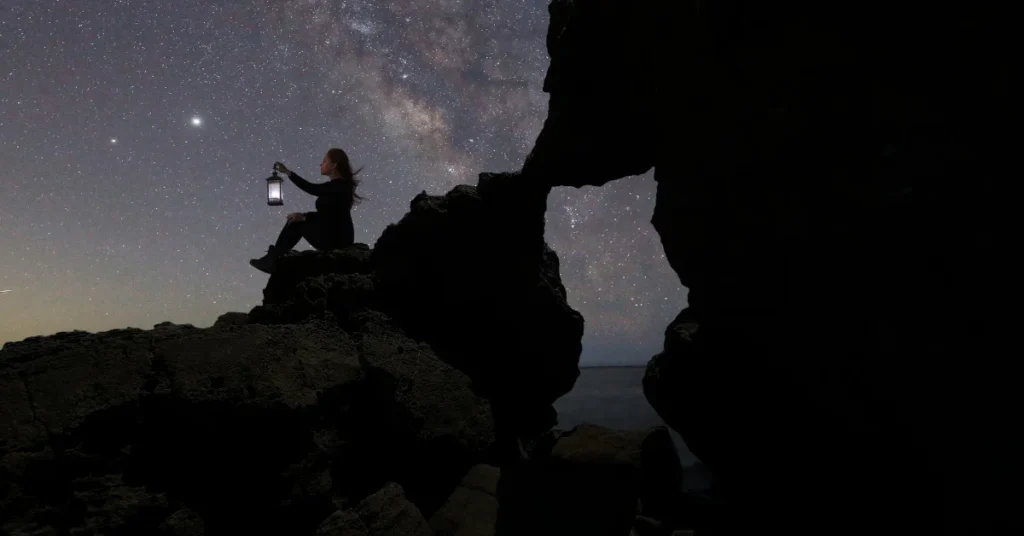
In order to optimize your Canon Rebel T3 for astrophotography, you’ll need to experiment with different settings and techniques, and also invest in a good quality mount. It’s essential that your camera’s stability is ensured to capture the stars’ movements accurately. A mount such as a motorized equatorial mount can track celestial objects, significantly improving your shots’ quality.
Now, let’s talk about settings. You’d want to set your camera to manual mode. This gives you full control over aperture, shutter speed, and ISO, which are crucial in astrophotography. For the aperture, you’ll want to keep it as wide as possible, ideally at f/2.8. This allows more light into the sensor, which is vital in low-light conditions.
Shutter speed is a bit tricky. Too slow, and you’ll get star trails; too fast, and the stars won’t appear bright enough. A common starting point is 20 seconds, but you’ll need to adjust it based on your lens and the night sky’s brightness.
For ISO, start at 800 and increase it gradually if your images are too dark. Be warned, though, higher ISOs can increase image noise. You’ll have to find a balance.
Lastly, shoot in RAW format. This captures more data and detail than JPEG, providing more flexibility during post-processing.
Necessary Accessories for Canon Rebel T3 Astrophotography
Let’s move on to necessary accessories for the Canon Rebel T3 that’ll step up your game in astrophotography. You’ve got the basics down, your settings are dialed in, but you’re missing that extra push to capture the cosmos in all their splendor.
Firstly, you’ll need a sturdy tripod. It’s essential for long exposures. You can’t afford any movement when you’re shooting for the stars, quite literally. Consider a tripod with a fluid head for smooth panning and tilting. You can check my pick for this situation here.
Next, get a remote shutter release. It prevents the camera shake that can result from physically pressing the shutter button. You’ll appreciate the crisp, clear shots it enables.
A wide-angle lens is another must-have. Your standard kit lens won’t cut it for capturing expansive star fields. A lens with a focal length of around 14mm will give you the wide field of view necessary for capturing the Milky Way in all its glory. In my opinion best lens for this case is Manual Telephoto Zoom Lens.
Lastly, you’ll benefit from a star tracker. It’s a device that aligns with the Earth’s rotation, allowing for longer exposures without star trails. It’s a game-changer for deep-sky astrophotography.
Troubleshooting Common Issues in Canon Rebel T3 Astrophotography
You’re all set with your Canon Rebel T3 and its accessories for astrophotography, but you’re encountering some common issues that need troubleshooting, aren’t you? Don’t fret, it’s normal, and we’re here to help.
Let’s start with a classic problem: your stars are coming out as trails, not points. You’ve probably left the shutter open too long. The Earth’s rotation can be a nuisance, can’t it? Try using the ‘500 rule’ – divide 500 by your lens’ focal length to get the maximum exposure time in seconds. If you’re using your T3’s 18mm kit lens, that would be about 27 seconds.
What about those pesky bright spots in your images, you ask? They’re most likely ‘hot pixels’, showing up because of the longer exposure times. It’s a common issue with all DSLR cameras, not just your T3. Try using the camera’s Long Exposure Noise Reduction feature, it should help a bunch.
Lastly, let’s talk about grainy images. This is usually due to a high ISO. Your T3 performs best at lower ISOs, so try not to exceed 1600. It might mean longer exposures, but you’ll get cleaner images.
Advanced Techniques With Canon Rebel T3 for Astrophotography
Mastering advanced techniques with your Canon Rebel T3 for astrophotography can be quite a journey, but it’s definitely worth the effort. The first thing you’ve got to do is get familiar with the manual mode. You’ll need to adjust the aperture, shutter speed, and ISO to capture the faint light of distant stars. Generally, you’ll want to open your aperture as wide as possible, set a long shutter speed, and increase your ISO to enhance your camera’s sensitivity to light.
You’ll need to understand how to use your T3’s bulb mode. This allows you to keep the shutter open for an extended period, capturing more light and detail from the night sky. It’s crucial to use a remote shutter release to avoid camera shake.
Focusing in the dark can be tricky, but your T3’s Live View mode can help. Switch to manual focus, aim at a bright star, and adjust until it’s sharp. A good trick is to magnify the view for more precise focusing.
Your T3’s noise reduction feature is handy, but it can cause loss of detail. You’re better off shooting in RAW format and using post-processing software for noise reduction.
Final Thoughts on Using Canon Rebel T3 for Astrophotography
In all your attempts to capture the stars, there’s no denying that the Canon Rebel T3 brings a lot to the table for astrophotography. With its 12.2 megapixel APS-C CMOS sensor, it’s got the capability to capture stunning low-light shots, just what you need when you’re shooting celestial bodies. You’re not limited by its ISO range either, which stretches from 100 to 6400. Although it’s an entry-level DSLR, it sure packs a punch in terms of performance.
You’ve got to appreciate the T3’s ease of use, especially if you’re just starting out. The camera’s interface is user-friendly, so you won’t be lost navigating through its settings. But don’t let its simplicity fool you. It’s got manual modes that you can tweak to your liking. You’re not just stuck with the default settings.
With a sturdy tripod and a wide-angle lens, you can capture the Milky Way with ease. You might want to experiment with varying exposures to see what works best. The T3’s long exposure noise reduction feature can be handy in these situations. Also, don’t forget about the Live View function, which allows you to focus on stars more accurately.
In terms of battery life, you’ll be pleasantly surprised. It’s robust enough for long shooting sessions under the stars. But it’s always a good idea to carry a spare, just in case.
Frequently Asked Questions
What Is the Cost of the Canon Rebel T3?
It varies depending on where you look, but generally, you can find it for around $200-$300 used. It’s a pretty affordable DSLR, isn’t it?
How Does the Canon Rebel T3 Perform for Daylight Photography?
For daylight photography, you’ll find the Canon Rebel T3 quite capable. Its wide dynamic range and fast autofocus system ensure sharp images. However, it might struggle a bit in high-contrast lighting situations.
Can the Canon Rebel T3 Be Used for Videography, Particularly of Celestial Events?
Sure, you can use the Canon Rebel T3 for videography of celestial events. However, it’s low-light performance isn’t the best. You’ll need proper settings and additional equipment to make it work effectively
What Is the Lifespan of Canon Rebel T3's Battery When Used for Astrophotography?
When shooting astrophotography, your Canon Rebel T3’s battery life can vary. Factors like long exposure times and colder temperatures can drain it faster. Typically, you’ll get around 500 shots per charge.
Is There Any Warranty or Customer Service Provided by Canon for the Rebel T3 Model?
Yes, Canon provides a limited one-year warranty for the Rebel T3. They’ve also got a reliable customer service, ready to assist you with any issues you might encounter with your camera’s settings or equipment.


